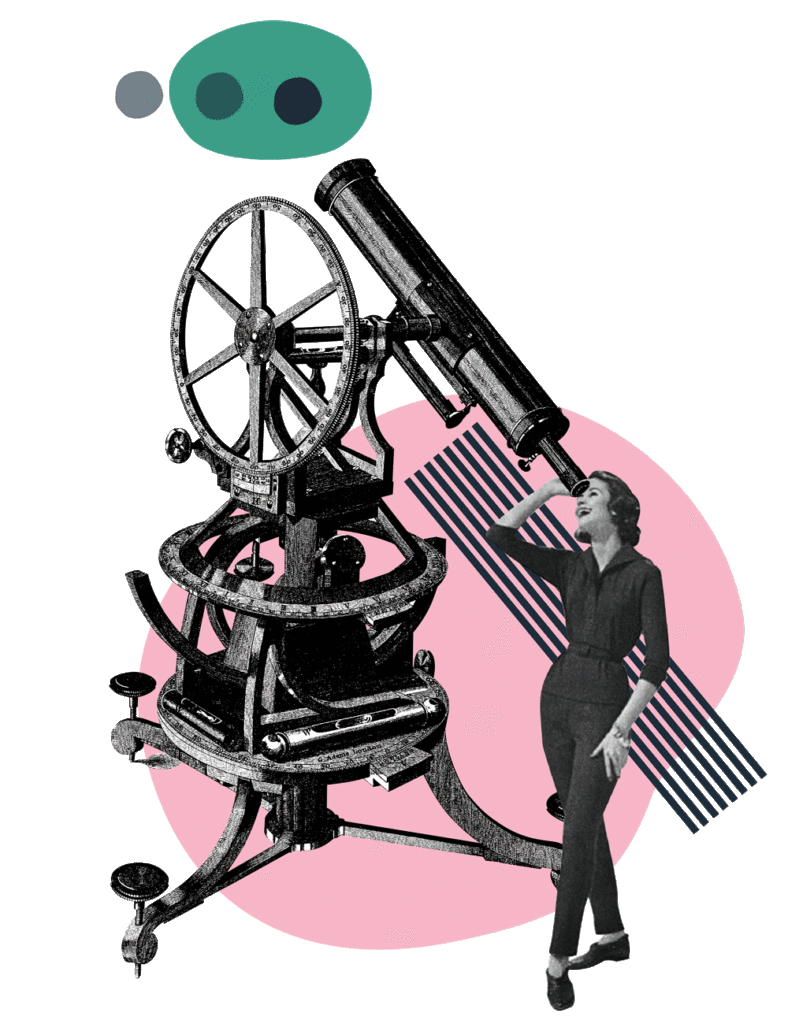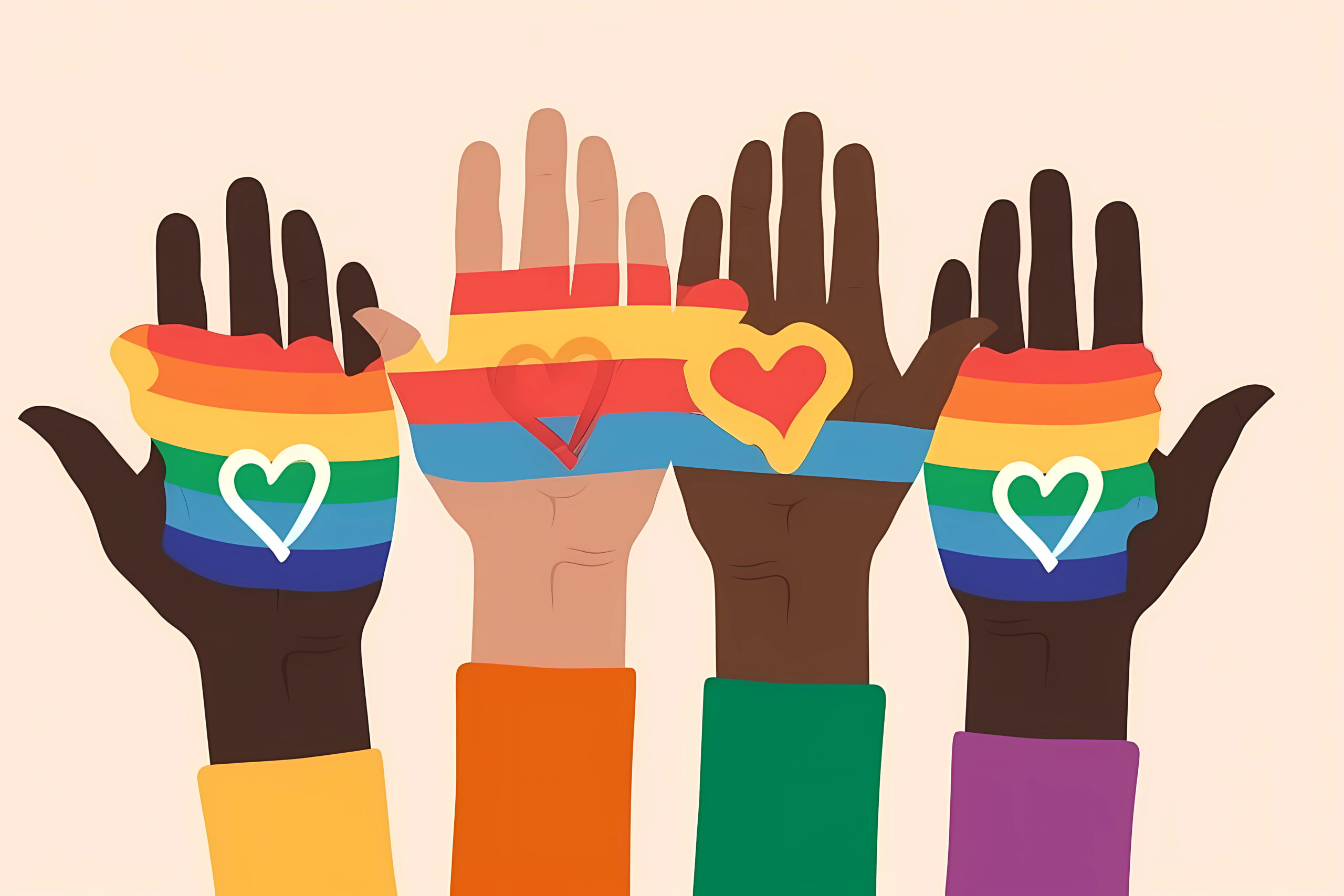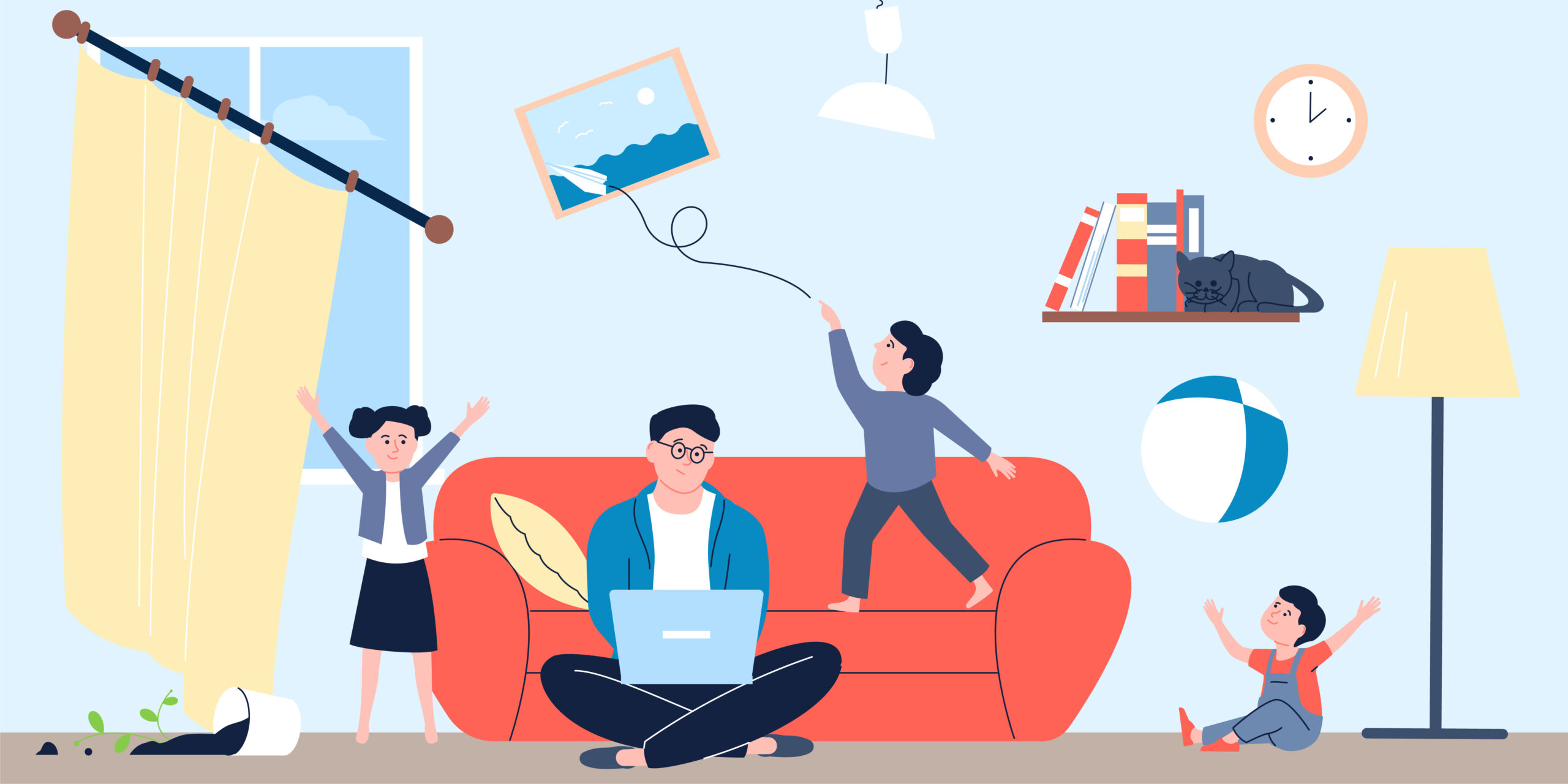The Evolution of Feminism
What does it mean to be a feminist today? We have a long way from the days of suffragettes and Rosie the Riveter. Of bra burning and free love. From first wave to third wave to intersectionality, we’ve learned lessons and won victories along the way. Women in the United States won the vote (1920), can open our own bank accounts (1960s), and are recognizing the intersections of class, race, privilege, and gender identity in this struggle for… what exactly?
The issue with broad movements is that without a specific ask, it’s hard to know whether you identify with the movement or not. The general understanding of feminism changed sometime in the ‘80s and ‘90s. Suddenly, radical thinkers were out and corporate feminism was in, although it didn’t get that name until later. We were no longer trying to change the system, but please let us have a slice of the patriarchal pie, thank you.
Now, much of feminism is capitalist. We have T-shirts and slogans and very expensive scarves, saying words that have been stripped of their meaning, their authors nothing but relics in the wind:
The Future Is Female | Girl Power | Unite Women | Well-Behaved Women Seldom Make History | Woman Up | Smash the Patriarchy | Sisterhood | We Should All Be Feminists
Corporate Feminism
Corporate feminism says that anything that puts women in power is feminist. We’ve waited long enough for a seat at the table; now it’s time to do whatever it takes to get more of us there. This is the feminism of SheEOs and the #girlboss, but is replacing men with a fair share of women really the way to an equitable society?
That wasn’t a real question. Of course it’s not. Capitalism may have coopted #feminism, but you can’t smash the patriarchy by simply throwing matriarchs in men’s places of power. The point is not to pull up a seat to the table. The point is to get rid of the table. The point is liberation. Which is different from freedom, but we’ll get to that.
Since the pandemic began, we have seen the fall of the girl boss. While Nasty Gal founder and author of #Girlboss Sofia Amooruso had a limited run of success, Nasty Gal went under like lead in a pool. In her 2020 Atlantic piece, The Girlboss Has Left the Building, Amanda Mull explained, “Like Sheryl Sandberg’s self-help hit Lean In before it, #Girlboss argued that the professional success of ambitious young women was a two-birds-one-stone type of activism: Their pursuit of power could be rebranded as a righteous quest for equality, and the success of female executives and entrepreneurs would lift up the women below them.”
But that didn’t happen, and it never will. Like the boybosses before them, the only person that particular kind of power helps is the person wielding it.
Why I Am Not a Feminist
Somewhere along the way, feminism became trendy and the real message got lost. Suddenly, women wanted to embrace the title without stepping too far out of the mainstream. In 2017, Jesse Crispin published an incredible piece of feminist writing called Why I Am Not a Feminist: A Feminist Manifesto. In it, she scoffs at the young feminists who have become almost apologists for feminism, distancing themselves from radicals like Andrea Dworkin. She’s talking to the aforementioned aspiring girlbosses. Crispin explains candidly, “Asking for a system that was built for the express purpose of oppression to ‘um, please stop oppressing me?’ is nonsense work. The only task worth doing is fully dismantling and replacing that system.”
A problem with the broad idea of feminism is that women have different wants and needs, and the public face of the movement somehow turned into upper middle class educated women, usually white, always ambitious. And these women look down upon working class women who would rather find safety in marriage and homemaking than work in grueling conditions.
The house might be a prison, but when freedom looks like wiping up someone else’s vomit and urine under migraine-inducing fluorescent lighting, can you actually blame someone for asking to be let back into their cell?
She goes on to explain how the feminist trajectory exemplified individual freedom over community support, family, marriage, and other structures, leaving us as individuals without the aid or assistance of others because we should be able to do it on our own. How very American, and a lovely parallel to our current public health crisis, but that is an analysis for another time.
Certainly, there are intersectional lenses of feminism that value community support. Such as the feminism of women of color, like the late bell hooks who asked us to imagine more in Feminism is for Everybody: Passionate Politics: “Imagine living in a world where there is no domination, where females and males are not alike or even always equal, but where a vision of mutuality is the ethos shaping our interaction.” But that is not the feminism that has been sold in stores and seminars. That’s not the feminism of lucrative book deals. The mainstream narrative has pushed independence. This means freedom, I suppose but that is not the same as liberation. Crispin asks:
How are women faring in the job market compared to men? Does that really matter when due to overwhelming student loans debt, sharply decreased job stability, the gutting of social services and work benefits, rapacious CEOs and boards of directors, and globalization, the world of work and money is hurting everyone?
Feminism, Community Development, and Worker Reform
The history of feminism is intimately tied to worker reform. The establishment of a federal minimum wage in 1938 was actually the first step in bridging the gender pay gap, at least on an hourly basis. But as Karina Margit Erdelyi points out, there are plenty of places where the gap remains. And then there’s domestic labor and the labor of childbirth and childrearing, which is unpaid and yet essential to the functioning of our society.
But that’s not the only labor women performed for free. Before women entered the workforce en masse, particularly during and after World War II, women who could afford leisure time thanks to their husbands’ or families’ money were pivotal leaders in philanthropy and community building, even laying the foundation of the social work profession. But today, communities, schools, and children have suffered because that pivotal element of volunteer community organization no longer happens. Women have fewer hours in the day for volunteering. They’re too busy at work. Now there are organizations like nonprofits where women can get paid for the labor of service, but women only make up 43% of leadership in these organizations — despite making up the majority of leadership when their philanthropy was an unpaid service.
In Silvia Federici’s Caliban and the Witch: Women, the Body, and Primitive Accumulation, she draws complex lines between witch hunts, the exploitation of women’s unpaid domestic labor, the Trans-Atlantic slave trade, and the rise of capitalism:
…capitalism, as a social-economic system, is necessarily committed to racism and sexism. For capitalism must justify and mystify the contradictions built into its social relations — the promise of freedom vs. the reality of widespread coercion, and the promise of prosperity vs. the reality of widespread penury — by denigrating the “nature” of those it exploits: women, colonial subjects, the descendants of African slaves, the immigrants displaced by globalization.
So how do we say Girl Power and Black Lives Matter in the face of all that?
This is an extreme view that I’m sure plenty of folks may not be 100% on board with, but it does force us to think about the implications of systems and the ways that we participate in them. There may be a way that the capitalist grind can overcome oppression. It may be obvious to some. It may not be necessary to others, which is part of the problem.
Feminism is fragmented because many women come from complex backgrounds and a variety of belief systems. Not all women are feminists, and they shouldn’t have to be. Not all women are united under the intersectional lens because, despite their own intersectional identities, not all women think the same way.
Facing the Truth of Biology and Work
Growing up in the ‘90s, I was fed the narrative that I could do anything a man could do. That not letting my womanhood get in the way of success was essential. As an adult, I realize that is not equality. That is not equity. The fact is women get periods. Women get pregnant. We create life, birth it, and are more often than not the primary caregivers to this offspring. And without those things, our species would die out. Many developed countries have begun to acknowledge that and make sick time available for menstruators with painful cramps. They have generous parental leave policies that include fathers, which ultimately lessens gender discrimination as it encourages both parents to take leave from work. But that is not the case in the United States, which is a big problem.
I’ll admit, a lot of this is personal. I’ve been a competent student and professional my entire life, but now I am also pregnant and tired. I am nauseous and fatigued and in pain a lot of the time, but I still feel the pressure of showing up and getting my work done and not losing the strides I’ve made for myself in my career. I haven’t felt good in over two months, and my question is this: Is pregnancy that awful, or am I just asking too much of a body that is trying to build a human?
Because right now, I don’t feel capable and strong and powerful, but maybe that’s because I’m coming up short within a paradigm that doesn’t support the functions of my body. I don’t know what the right answer is when it comes to creating a more equitable society, but I do know that the emotional and mental tolls of living in a female body have been immense.
I’m not the only one that feels that way. In 2012, Ann-Marie Slaughter wrote Why Women Still Can’t Have It All. In this deeply personal and poignant piece, she explores the issue of having ambition while wanting to care for your children. Maybe, she hesitatingly suggests, many of us actually want to have the flexibility to be home with our kids. And if we’re a nation that values family, why don’t our policies reflect that?
I felt resistance turning this discussion about feminism into a discussion about pregnancy and childrearing, but the fact of the matter is that our anatomy and the blessings and curses of it are at the focal point of our oppression. (That’s why birth control and abortion access was and is such a massive deal when it comes to women’s rights.) Let me introduce you to a term I recently learned: the feminization of poverty. This term refers to how the burden of pregnancy and childrearing and life events like divorce affect women overall more than men and worsen their economic situation.
Not only that, but there is such a thing as the “motherhood penalty” and the “fatherhood reward” when it comes to employment. According to research by sociologist Sherry J. Correll, mothers make 4% less per child while fathers make 6% more. And when the burden of childcare falls on mothers, hiring managers looking out for their bottom line will of course choose a mother last for a job or promotion. During the pandemic we experienced a “she-cession” as many mothers bowed out of the workforce to care for their children who were no longer in school.
Further evidence of the disregard with which we treat working mothers is that the United States has higher maternal mortality rates than other developed nations. This is often attributed to having less paid leave.
Until parental responsibilities are equally distributed, this kind of discrimination will not stop. That can’t happen until all parents are awarded parental leave, which has been shown to help even the burden and reduce stigma against working mothers in other developing countries. It also improves maternal health and decreases infant mortality.
It’s not just about putting more women in leadership roles or eliminating the gender pay gap, but about addressing an entire system built on our unpaid labor. A system that needs and adulates mothers while simultaneously punishing them.
What Can I Do?
Here are a few simple initiatives that companies can take to alleviate some of the burden:
- Prioritize diversity, equity and inclusion by understanding unconscious bias, and not only recruiting with that in mind but also when making promotions and leadership hires.
- Offer generous parental leave that includes both parents so that the burden and stigma of time off does not solely fall on mothers.
- Include employee resource groups and offerings for community organizations both internally and externally. Maybe even offer paid time off for charity work.
- Vote for policies that support women, children, and families. That includes access to education, contraception, medical services, community support, and financial support for low-income families.
- Imagine a future that values cooperation over competition, and implement those values in your organization.
About the author.
Alessandra is the mentor, educator, and writer behind Boneseed, a private practice devoted to deep self-inquiry through a range of physical, energetic, and mental modalities. She has over 500 hours of yoga, mentorship, and facilitation training and can be found slinging knowledge on her website, newsletter, and @bone.seed.




